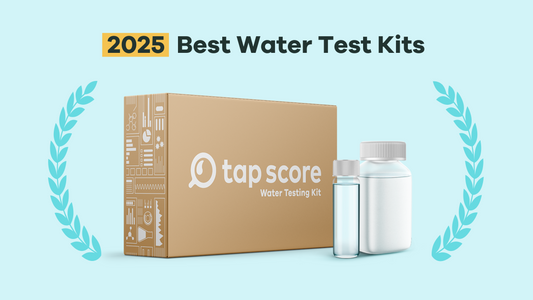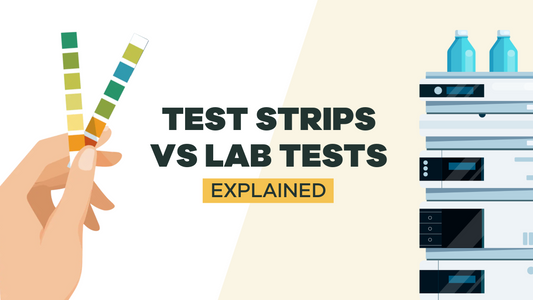
What is Proficiency Testing in Labs?
Our blog is written by real experts— not AI. Each guide is carefully reviewed and updated based on the latest research. Plus, with no affiliate links, you can count on unbiased insights you can trust.
Proficiency Testing (PT) is a process designed to evaluate a laboratory’s performance and testing accuracy for specific methods, matrices, and analytes, as compared to other laboratories.
Proficiency testing is a means of assessing a lab’s performance during normal sample handling process: receiving, prep, analysis, quality checks, and reporting. These samples are provided by an accredited PT provider and passing proficiency testing programs is typically required in order for the laboratory to maintain their accreditations.
Proficiency testing samples are to be treated like any other client samples that arrive in the laboratory. By treating them the same, this allows the lab, the accrediting bodies, and the laboratories clients to get: (1) an evaluation of sample handling protocols, (2) the sample prepping procedures of the laboratory, (3) accuracy and precision of the analysis, (4) an evaluation of laboratory reporting practices and (5) a comparative result as to other laboratories outside of a laboratory’s own network.
How Do Proficiency Testing Programs Work?
In a proficiency test, one or more samples are sent to a participating laboratory. The sample, which is provided by an accredited PT provider, contains a known concentration of a given analyte–but that concentration is unknown to the laboratory. Samples have to be prepared and analyzed within a certain time from and then reported back to the proficiency provider. Results are then scored within acceptable limits as compared to the group of laboratories who participated in the round.
If the laboratory fails a round, by having results out of the acceptable range or also failing to submit the results on time, the laboratory will have to initiate a Corrective Action Request (CAR) or an investigation into what went wrong to ensure they do not make the same mistake again. PT rounds can vary, but generally you are allowed to fail one round in a given period (a year for example) as long as the other rounds have all passed within that same period. In some cases, it is also allowed to do a quick study (or a retest) where the lab can order an extra round to try again to pass for that time period.
Accrediting bodies rely heavily on passing results of PT rounds in determining competency of a given laboratory. Multiple failures in a row will usually mean the laboratory will be determined to no longer be acceptable for analyzing that particular method. An accrediting body will usually decertify that test and suspend that Field of Testing (FOT) until the laboratory can show one or more passing PT rounds.
Many US states use PT providers that have been accredited by the American Association for Laboratory Accreditation (A2LA) or the American National Standards Institute (ANSI)-American Society for Quality (ASQ) National Accreditation Board/ACLASS. [1]
Why is Proficiency Testing Important?
Proficiency testing is important for ensuring consistency among laboratory performance and for maintaining reliability and high standards. It is an important process for any independent, third-party laboratory to undergo regularly.
According to the ILAC, some of the potential benefits which may be available laboratories participating in PT programs include:
Want More Information about Proficiency Testing?
Below are some additional resources about proficiency testing programs and providers:
NEPTP - The NELAC Institute (TNI)
PT Provider Accreditors - AOAC International (TNI)
Benefits for Laboratories participating in Proficiency Testing Programs
Common Proficiency Testing Errors









